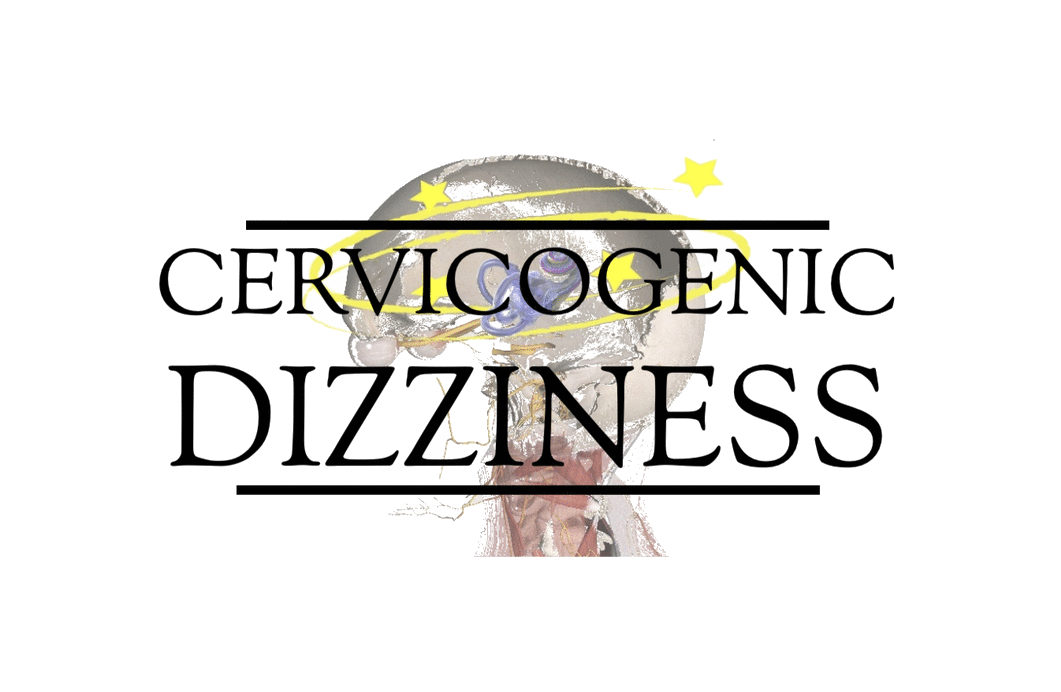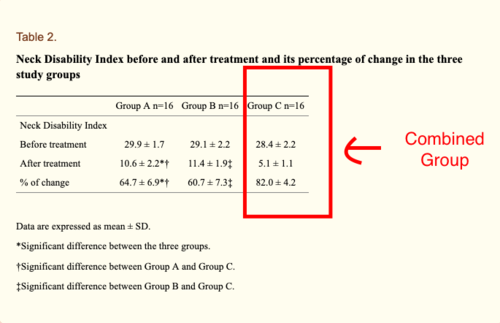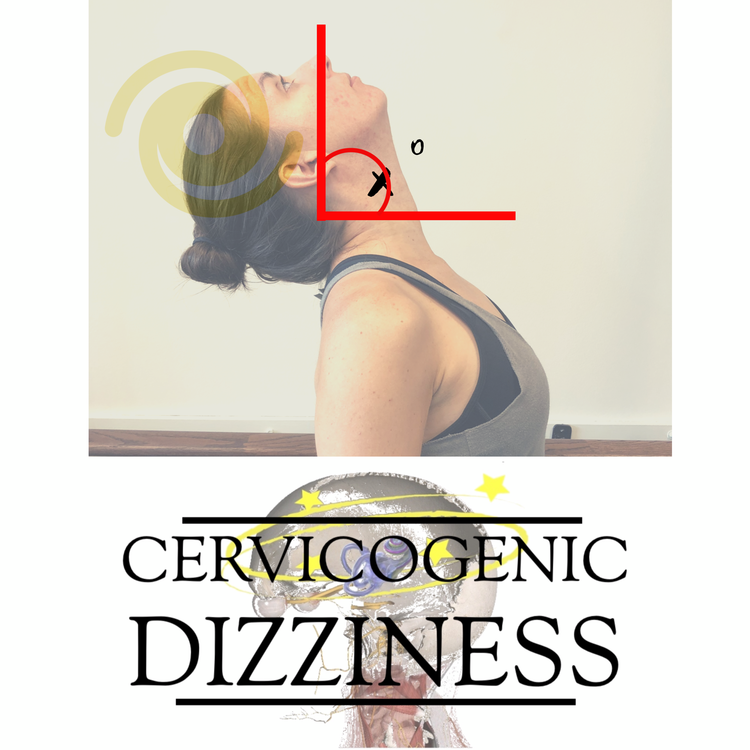
A 2019 randomized control trial entitled, "Combined use of cervical headache snag and cervical snag half rotation techniques in the treatment of cervicogenic headache" by Mohamed et al has caught my attention. I enjoyed reading this study due to not just having 2 randomly assigned groups, but it had a 3rd group ===> one of which combined techniques from the first 2 groups to see if patients get better results vs just determining if a single procedure provides pain relief and functional improvements.
After 3 sessions per week for a month, here is conclusion:
>Results of the study showed a significant improvement in post-treatment scores of all measured variables within groups and among the groups with the combined groups showing the greatest improvement.
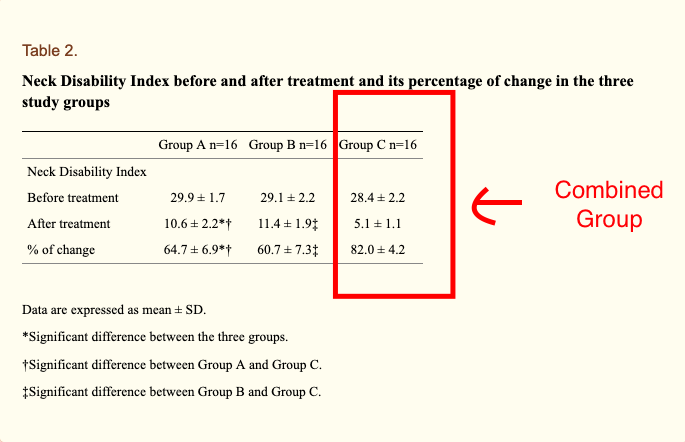
Table from Muhammed et al 2019 Post-treatment NDI was significantly lower in Group C compared to the other two groups (p<0.001) and was comparable in groups A and B (p=1.000). The percentage drop of NDI was significantly higher in Group C compared to the other two groups (p<0.874), but the magnitude of NDI drop was comparable between Groups A and B (p=1.000, Table 2).
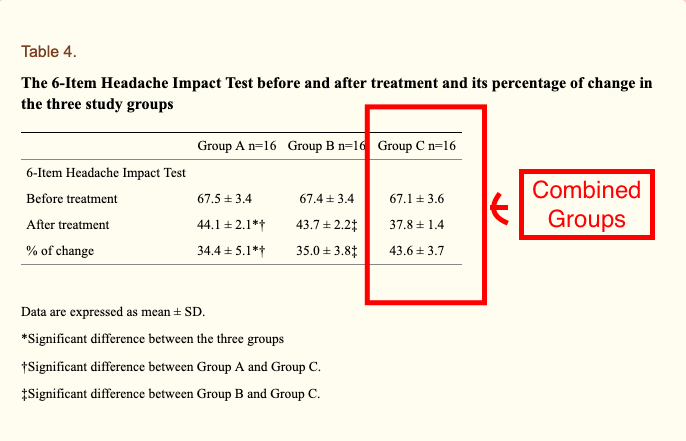
Table from Muhammed et al 2019 HIT-6 was comparable in the three groups (p=0.936), and decreased significantly after treatment in all the three groups (p<0.001 for all comparisons). After treatment, it became significantly lower in group C compared to the other two groups (p<0.001) and was comparable in groups A and B (p=1.000). The percentage decrease of HIT-6 was significantly higher in group C compared to the other two groups (p<0.001), while it was comparable between Groups A and B (p=1.000).
There you go --- performing 2 procedures (very specific procedures in this case) yields better results than a single procedure - especially in Headache Impact Test and Neck Disability Index.
You may ask how Cervicogenic Headache (as was diagnosis in this case) relates to Cervicogenic Dizziness in this post --- we know there are overlapping pathophysiology mechanisms associated with the afferent input dysfunctional theory but also specifically for this study, ALL the patients had a trigger of dizziness with onset of headache and cervical extension --- a prime movement associated with diagnosis of Cervicogenic Dizziness.

Generally speaking, combined procedures are what most clinicians perform in the clinic. This is due to multiple impairments (such as joint restriction, heightened muscle tone, motor control deficits, etc) are typically found in a patient suffering from cervical pain. Randomized trials have to limit variables in order to make a correlation hypothesis so as clinicians "in the trenches" who are looking for the best approaches to manage our patients, reviewing the results of randomized trials have limitations.
Even though most aged clinicians in our industry are tired of the "comparison" model of different manual therapy techniques, I like how this study combined techniques for a 3rd group --- one of which I personally see better improvements in the clinic vs a single procedure. I'm sure all treating clinicians agree.
Interesting enough to the clinician, the Dizziness Handicap Inventory did not show a significant improvement in the combined groups compared to single procedures. See table below.

Table from Muhammed et al 2019 Before treatment, DHI was comparable in the three groups (p=0.501) and decreased significantly after treatment in the three groups (p<0.001 for all comparisons). After treatment, it became significantly lower in group B compared to group A (p=0.018). It was comparable between groups B and C (p=0.869) and between groups A and C (p=0.269). The percentage decrease of DHI was significantly higher in group B compared to group A (p=0.035). It was comparable between groups B and C (p=0.720) and between groups A and C
This finding does not surprise me at all. In my opinion, the pathophysiology behind Cervicogenic Dizziness is more complex than Cervicogenic Headache with more "moving parts". It may well explain that to improve Dizziness related function to highest degree, the clinician may need to combine joint procedures, soft tissue procedures (aimed at high muscle spindle locations) and sensorimotor training.

This is how we approach Cervicogenic Dizziness, coming solely as a single entity but also combined entity (i.e. associated with BPPV, mTBI, concussion, whiplash, peripheral hypofunction, etc). We do this through our Physio Blend --- a solid mix of combined approaches with research from the Physical Therapy (Manual and Vestibular Rehabilitation) Chiropractic, Acupuncture, and Osteopathic Medicine. We find that this is the ultimate combined approach for this more complex and "moving parts" diagnosis.
Cervicogenic Dizziness Course
You can learn more about the screening and treatment process of Cervicogenic Dizzinesss through Integrative Clinical Concepts, where the authors (husband–a manual therapist a wife—a vestibular specialist), teach a very unique course combining both the theory and practice of vestibular and manual principles in their 2-day course. Pertinent to this blog post, the 2nd day includes the “Physio Blend”, a multi-faceted physiotherapist approach to the management of Cervicogenic Dizziness, which includes treatments of the articular and non-articular system of manual therapy and the most updated sensorimotor exercise regimen.
If you would like to host a course for your staff (either a vestibular, neuro, sports or ortho clinic), please do not hesitate to contact me at harrisonvaughanpt@gmail.com for more information.
AUTHORS
Harrison N. Vaughan, PT, DPT, OCS, Dip. Osteopracic, FAAOMPT
Instructor: Cervicogenic Dizziness for Integrative Clinical Concepts
Danielle N. Vaughan, PT, DPT, Vestibular Specialist
Instructor: Cervicogenic Dizziness for Integrative Clinical Concepts
